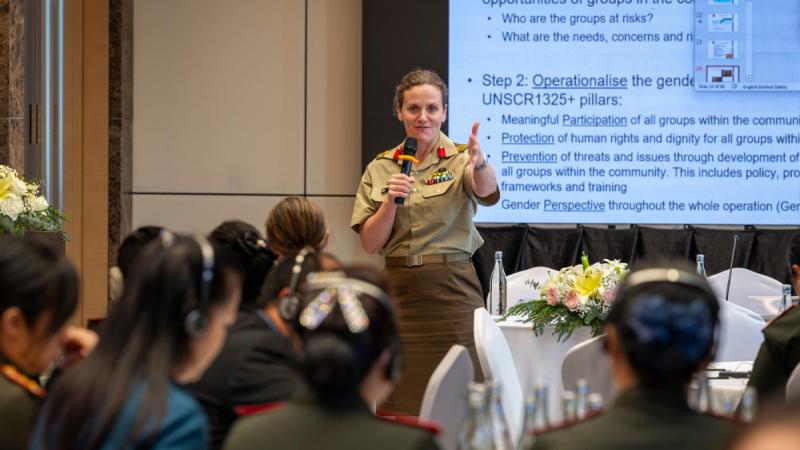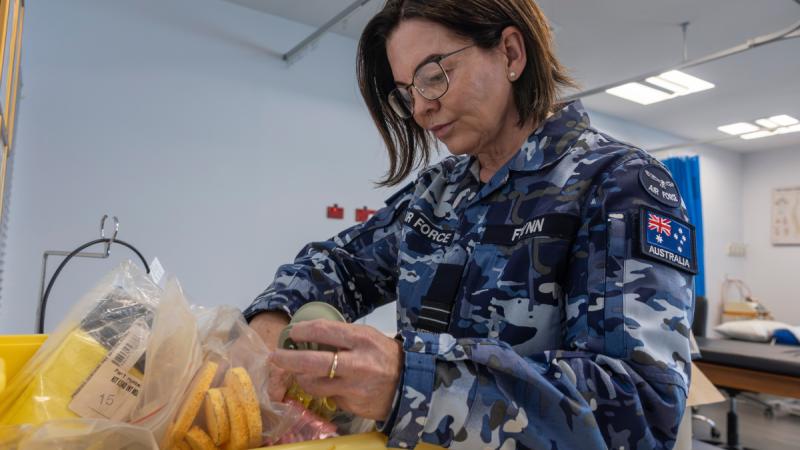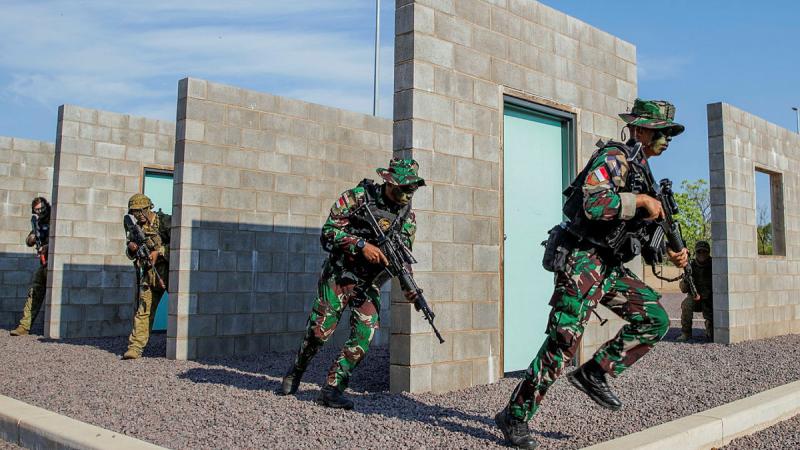28 October 2025
On Operation Argos, intelligence informed each flight, operations coordinated it in real-time and mission assurance specialists processed every byte of data that was returned.
Together, they turned long hours over open ocean into sharp, informed action that strengthens the enforcement of United Nations Security Council (UNSC) sanctions on North Korea.
Each Argos mission from Kadena Air Base in Okinawa, Japan, began with a pre-flight brief where intelligence, operations and mission assurance teams aligned tasking, risk assessments and data systems before launch.
After landing, the same teams worked together again – analysing and distributing the collected data to shape the next sortie.
The coordinated effort tracked and reported suspected ship-to-ship transfers of sanctioned goods by North Korea in violation of UNSC sanctions.
Each mission combined intelligence, coordination and technical support to deliver a clear picture from take-off to final report.
The P-8A Poseidon has an advanced mission system and integrated sensor suite that it uses to monitor the maritime domain, including a multi-role radar and an electro-optical camera.
Leading Aircraftman Jordan Carter, an air intelligence analyst from 87 Squadron, helped transform raw mission data into intelligence reports that guided future patrols.
“Our job is to make sense of the copious amount of data the crew collects and turn it into something digestible for the intelligence community,” he said.
The better the relationship they have with the aircrew, the better product they can get out.
“It’s all about reciprocal communication – the more we understand each other’s needs, the stronger the mission outcome,” he said.
“If the crew is surprised by something out there, that’s a failure for intel. Our goal is to make sure they’re always informed and prepared.”
'Every part of the team, every working cog, is essential to make sure that jet can fly.'
While intelligence shaped each flight’s focus, Flight Lieutenant Louis Da Silva, of Headquarters Surveillance and Response Group, coordinated mission planning and communication between the crew and command.
During the operation, he oversaw real-time updates and reporting, ensuring every sortie stayed aligned with its objectives.
“We act as a communication node, making sure everyone’s on the same page,” Flight Lieutenant Da Silva said.
The Enforcement Coordination Cell (ECC) at Yokosuka Naval Base in Tokyo is responsible for coordinating the ships and aircraft that monitor vessels attempting to violate the UNSC sanctions.
Each day began with confirming tasking from the ECC and relaying any late changes to the crew.
“Occasionally they’ll find a new vessel of interest and redirect us mid-plan – which I will relay to the crew in the air who will adjust their mission focus as required,” Flight Lieutenant Da Silva said.
As the aircraft returned from each sortie, mission assurance took over, verifying the integrity of every file and preparing the data for analysis.
Network Technician Leading Aircraftman Lachlan McAndrew, of 11 Squadron’s Mission Support Flight, Information Assurance Section, helped keep that digital lifeline running, ensuring the systems and networks that supported each mission remained stable and secure.
“We’re in charge of getting the pre-flight mission data onto what’s essentially a giant USB for the P-8A to use,” Leading Aircraftman McAndrew said.
“That gives them all their maps, documents and the specific area they’re working in to make sure they don’t go outside their mission perimeters.”
After the aircraft landed, his team transferred and validated the collected media, checking it for errors before passing it to the intelligence and analysis sections.
“We make sure the data is complete and accurate before it moves on. That way, the next mission starts on solid ground,” Leading Aircraftman McAndrew said.
Their precision and coordination ensured each P-8A mission delivered reliable intelligence, providing essential pieces of the puzzle that informed the UNSC resolutions on North Korea.
“Every part of the team, every working cog, is essential to make sure that jet can fly. If one cog isn’t there, everything could fall apart,” Leading Aircraftman McAndrew said.


